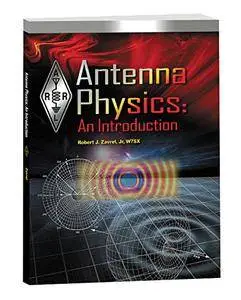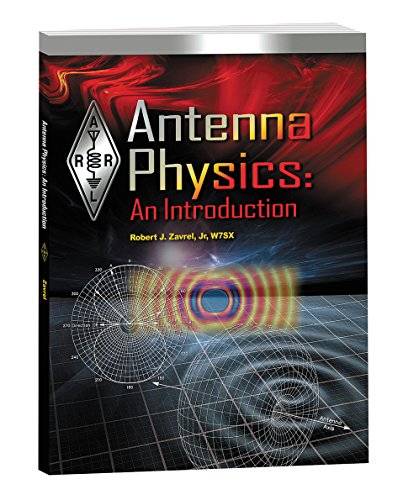Antenna Physics: An Introduction by ARRL Inc.
English | 7 Mar. 2016 | ASIN: B01CQ07E46 | 320 Pages | AZW3 | 19.45 MB
English | 7 Mar. 2016 | ASIN: B01CQ07E46 | 320 Pages | AZW3 | 19.45 MB
Delve Deeper into Antenna Theory
Radio amateurs are familiar with antennas and use them every day to communicate on the air. We learned some basic antenna theory while studying for license exams, and most of us have built an antenna or two. We know the basics and turn to the ARRL Handbook, ARRL Antenna Book, and other general texts when thinking about our next antenna project.
We know how long to make a dipole or vertical antenna for a particular frequency, but do we know how the antenna really works? Antenna Physics: An Introduction is written to bridge the gap between basic theory and graduate-level engineering texts. Robert J. Zavrel, Jr, W7SX, a well-known author and professional antenna engineer, explains many of the underlying principles of antennas and antenna physics and introduces the reader to the mathematics behind these principles. Note that this is not a book of “how-to” projects, but rather a theoretical and mathematical approach to the topic.
Although some competence in mathematics is required to get the most from this book, readers may follow along and understand the concepts without needing to solve the complex equations presented. In later chapters, examples tie the concepts learned in earlier chapters to a number of antenna types familiar to radio amateurs.
Includes:
Antenna Physics
Fundamentals
Radiation of Radio Waves
Transmission Lines
Antennas Using Multiple Sources
Applied Antenna Physics
Dielectric Effects Upon Radio Waves
Vertical Antennas
Yagi-Uda and Cubical Quad Antennas
Specialized Antenna Configurations
Noise, Temperature, and Signals



